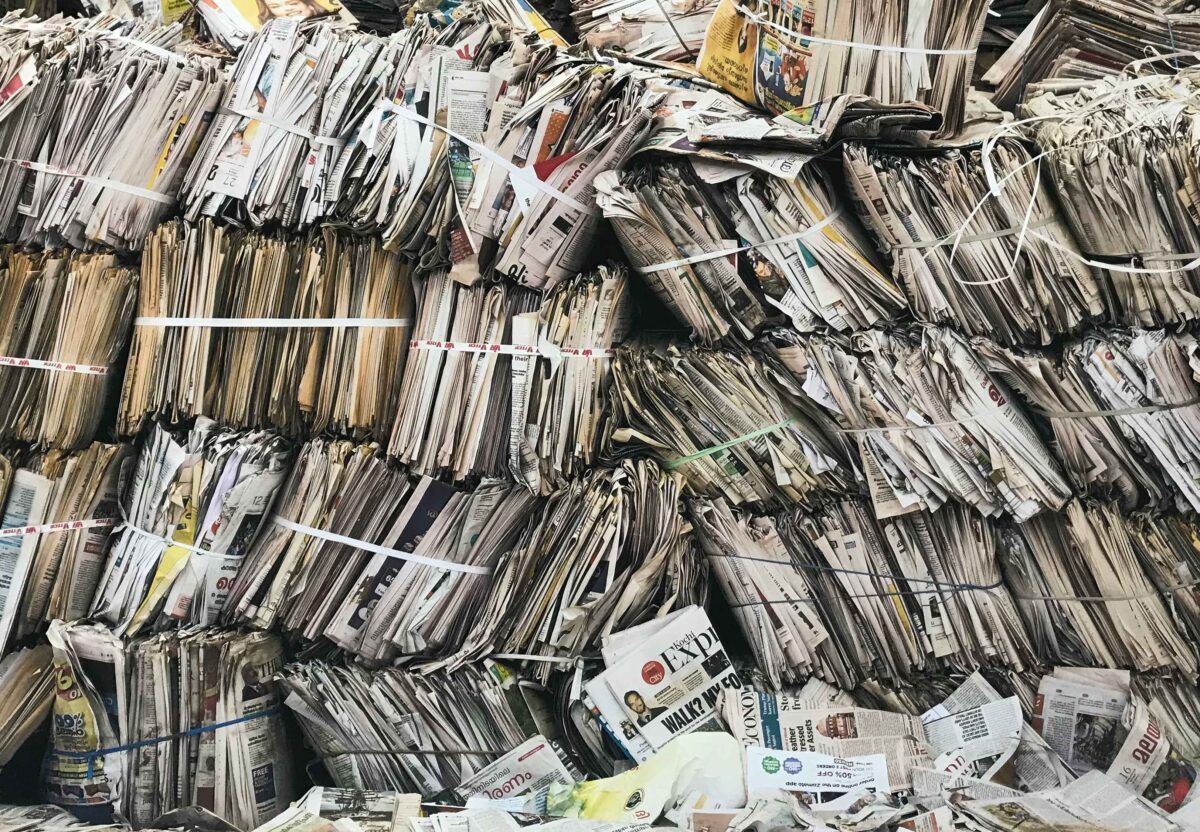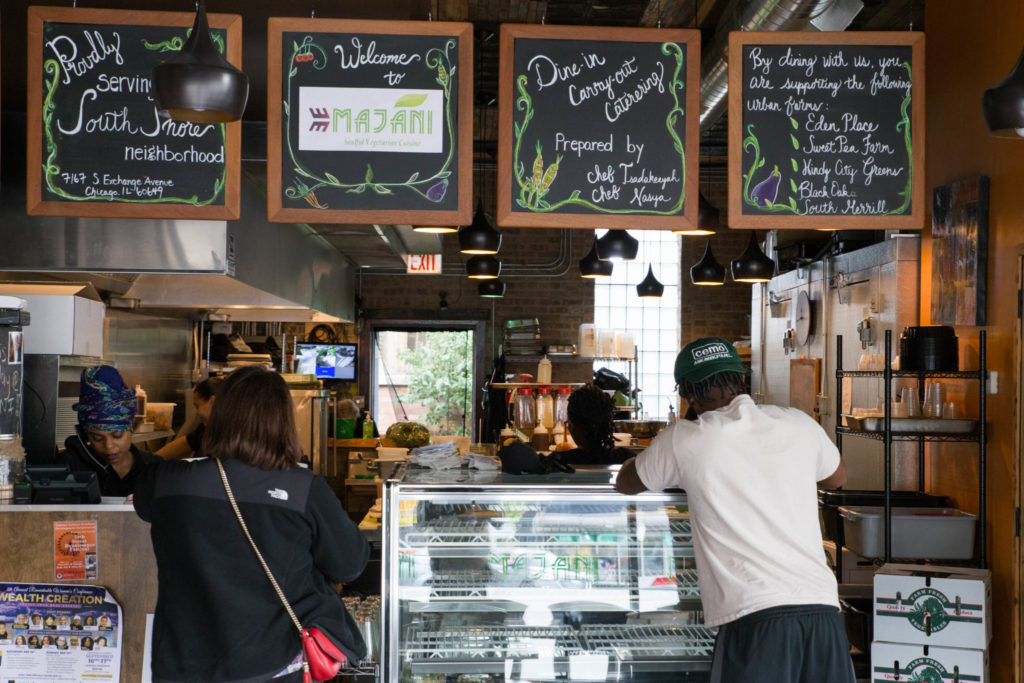Last week, the Sun-Times announced buyouts for thirty employees representing about 20% of the paper’s staff. The departures include longtime political gossip columnist Michael Sneed, sportswriters Rick Telander and Rick Morrissey, advice columnist Ismael Perez, and most of the paper’s editorial board. Chicago Public Media (CPM), the nonprofit that owns the Sun-Times and WBEZ, said five more employees at the public radio station are also leaving.
In a letter to supporters, CPM CEO Melissa Bell said the buyouts were necessary to address a “significant budget gap and our long-term financial sustainability.” The departures come nearly a year after CPM laid off fourteen employees at WBEZ and discontinued radio programming for Vocalo, the station’s R&B, hip hop and house music station.
It’s tough times for local journalism. In January, the Chicago Reader announced layoffs, furloughs, and other cost-cutting measures amid “a combination of financial losses, operational challenges, and external pressures.” Editors and columnists have valiantly organized to raise funds while still doing their day jobs, which is no easy feat.
Nationally, print journalism has been declining for decades. According to research published by the UNC Hussman School of Journalism and Media, 200 U.S. counties have no local newspaper, and about half have only one, which is typically a weekly. Where local newspapers close, local government is less likely to be held accountable, residents are poorly informed, and misinformation spreads.
In 2021, the Washington Post reported that some 2,200 local newspapers in the United States had closed since 2005. Now, even that venerable institution is hemorrhaging subscriptions and losing columnists. Their loss is due not to financial constraints, but to the capitulating stance the Post’s owner, Amazon billionaire Jeff Bezos, has demanded its editorial board adopt towards President Donald Trump. (Katherine Graham, the late Post owner and publisher who stood up to Richard Nixon, was apparently made of more mettle than Bezos.) Similar winds blew through the Los Angeles Times late last year when its billionaire owner Patrick Soon-Shiong fired that paper’s editorial board and announced it would hire more right-wing columnists.
Trump’s animosity toward the free press is no secret. The former reality-television star has long bashed any negative story as “fake news” even as he’s relied on the media to raise his profile and sane-wash his worst excesses. During his first term, Trump’s anti-press rantings were merely gauche. Now, with Trump emboldened by his reelection, they’re downright dangerous.
The president banned Associated Press reporters from the White House because they wouldn’t follow him in neologizing the Gulf of Mexico and dropped HuffPost and Reuters journalists from the press pool. He canceled federal subscriptions to media outlets. He sued CBS News and ABC News over interviews. Yesterday, the heads of National Public Radio and the Corporation for Public Broadcasting were hauled before Congress by Republican lawmakers in a hearing dubbed “Anti-American Airwaves: Holding the Heads of NPR and PBS Accountable.” Chillingly, Trump’s FBI Director Kashyap Patel has threatened to “come after people in the media.”
Now more than ever, your support of local (and national) journalism is essential to defending our democracy. Subscribe, donate, and share local media—whether it’s our own or that of our colleagues. In the meantime, we will keep doing the job of keeping you informed.




